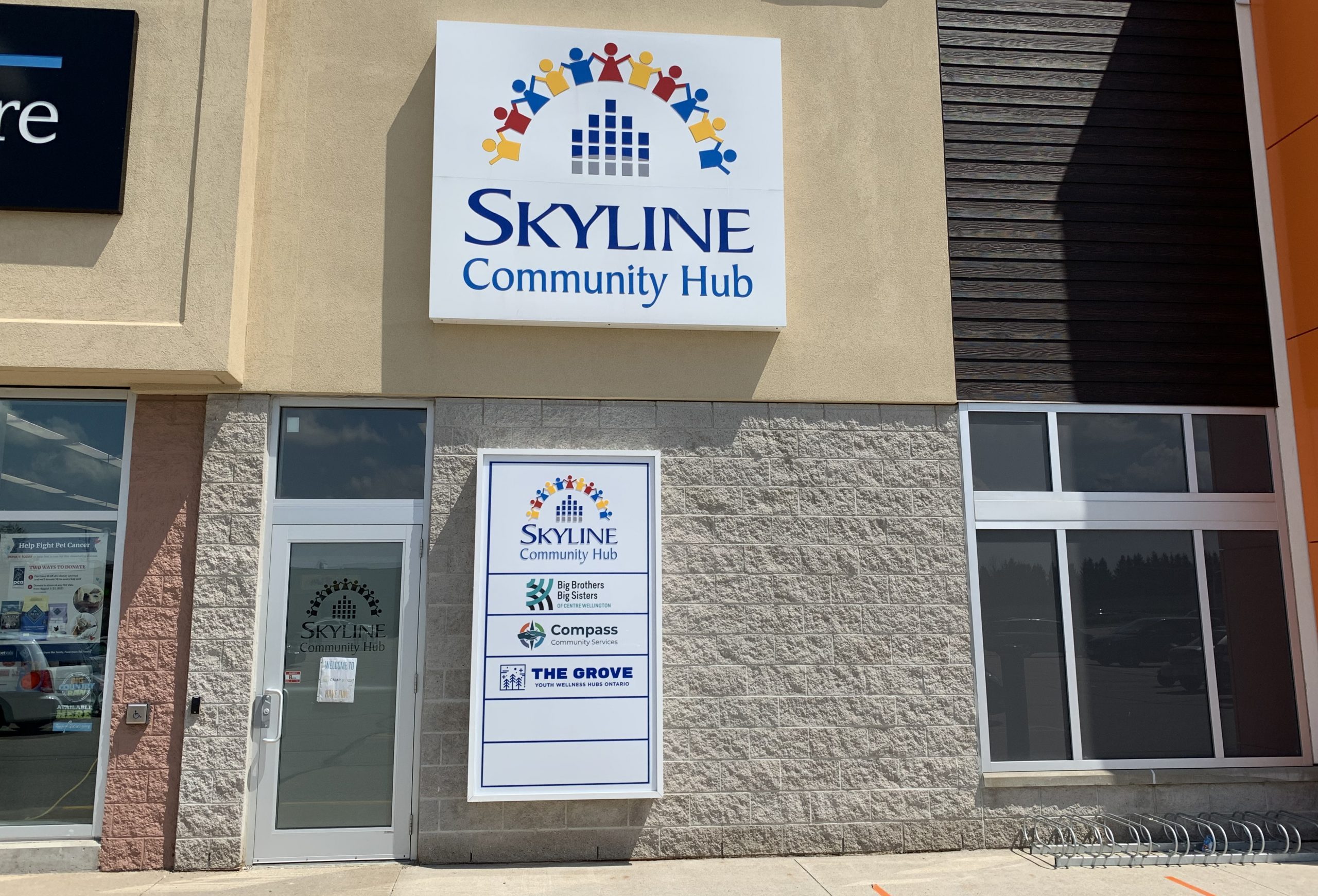GUELPH – The Grove Hubs and the Homewood Research Institute have received a $100,000 grant to evaluate the reach and delivery of services provided at youth hubs dotted across Guelph and Wellington County.
“We’re interested in the outcome to continue to improve service,” said the Grove interim executive director Jeff Hoffman in an interview.
“The youth integrated service model we use is developed around data, so we are excited to see where we are.”
He added, “The sites are busy, but we want to connect with youth who are not coming in as well. I hope this study will help us with that too.”
Dr. Kait LaForge-MacKenzie is working on the study.
She said researchers will connect with youth and have them fill out an online survey, asking questions like, “do you like what’s happening at the Grove?” and “what’s missing?”
She hopes that will help them zero-in on the larger questions: who comes to the Grove and who is not coming, what are the barriers in coming, and how they can reach those who are not coming?
The surveys will be followed by focus group conversations, she said.
“At the end of the study we will understand the reach of the programs,” she said.
Hoffman said officials regularly conduct informal surveys at the end of a program and in the clinical stream of services offered at the Grove, but they are aware of gaps in service and gaps in who’s coming.
“With integrated youth services, the youth voice is a critical component. So who are the youth we’re not connecting with? This will help us tuck into that,” he said.
LaForge-MacKenzie said she expects there will be differences in the responses between the sites. There are Grove hubs in Palmerston, Fergus, Erin and one on the University of Guelph campus and more are expected to open in the coming years.
“We want to see the consistencies and the differences,” she said. “That impacts youth and the funders.”
Hoffman said he believes the service delivery model is still a good one.
The Grove is meant to be a one-stop shop for youth aged 12 to 26 to meet a wide range of needs, such as mental health, substance use, primary care, tutoring, employment, training, housing and much more.
But more than anything, it’s a safe space for youth. They can hang out with friends, do homework, play pool or a video game, or make themselves a snack.
All for no cost.
“They take a health-based approach rather than an illness-based approach,” LaForge-MacKenzie said. “Youth can access help even if they don’t have a diagnosis and that’s really important.”
She said officials expect to have a preliminary report by the end of the summer.
“Evaluation is really pivotal,” she said.
“Government wants evidence of efficacy. This is a good starting point.”




